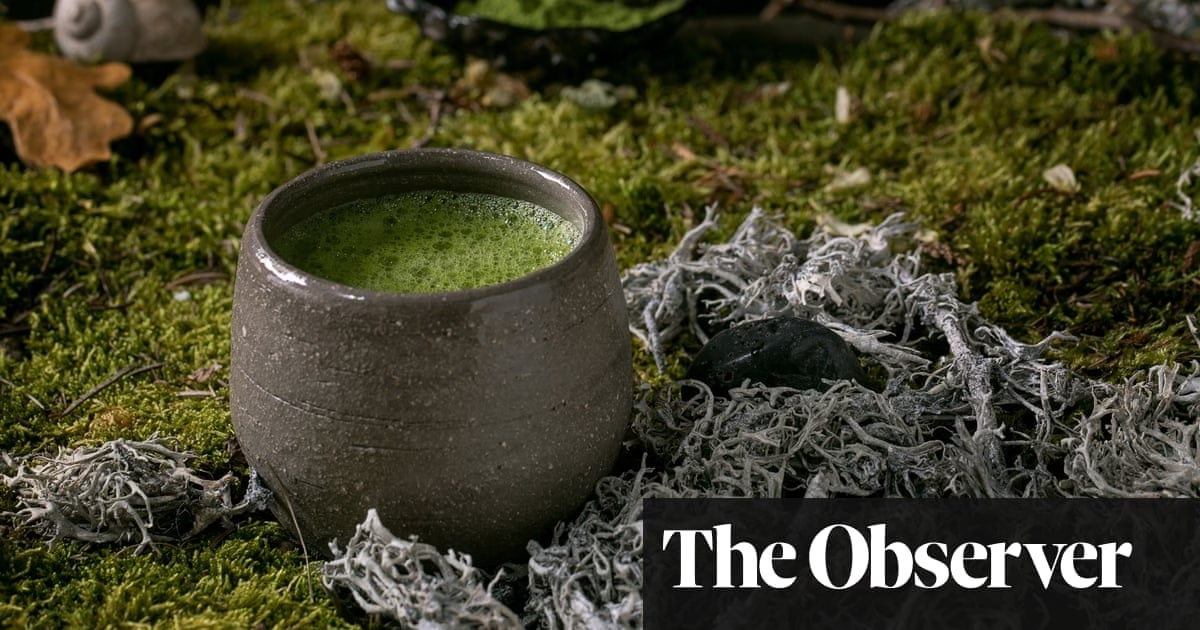The vibrant green powder brings smiles and signs of appreciation, as well as anticipation among numerous tea enthusiasts. Now ready to whisk with boiling water, they will soon receive a reward for their patience.
Foreign tourists taking part in a matcha-making experience in Uji, near Kyoto in the western part of Japan, share a common love for the powdered, bitter variety of green tea the Japanese have been consuming for centuries, and which is currently at the heart of a worldwide craze.
Derived from the leaves of the Camellia sinensis plant and originally presented in highly stylised manner at sado – the art of tea – tea ceremonies by sado masters, matcha is the current taste trend, the ingredient “du jour” in everything from lattes and chocolates to ice-cream and boiled sweets.
Following the lean years of the Covid-19 pandemic, businesses in Uji, a town famed for its historical connection to the matcha trade, are capitalising on the trend.
With a boost from record-breaking tourism in Japan, restaurants in Uji are taking the matcha theme to culinary extremes, with dishes like “stamina” ramen topped with matcha, and cafés packed on a cloudy afternoon, where family-run shops are briskly selling packets of locally grown tea, bright containers, and matcha-themed confectionery.
At Chazuna, a park and museum dedicated to the town’s tea culture, matcha workshops are fully booked for the next fortnight. Out of the 60 people visiting daily who make and then drink their own tea, about 90% are international.
“We opened in 2021 and for the first two years, we had few visitors,” says Naoto Sakayori, Chazuna’s director. “Then everything changed in March last year and since August, interest has skyrocketed. It’s all about matcha, matcha. People think that if they’re in Kyoto on vacation, they must come here for a matcha experience. And then everyone shares their photos and videos online.”
Stephen Blackburn, a tourist from New York, is an early adopter of the matcha wave. “I’ve essentially quit drinking coffee and now just drink matcha,” says Blackburn, a former barista. “I appreciate the taste and the effect it has on me. It’s not like coffee. It doesn’t leave me edgy… it makes me more concentrated.”
But some visitors to Uji aren’t sold. “To be honest, we just don’t like matcha,” says Henrik Hantel, who’s honeymooning in Japan with his wife, Tessa. “We tried it in Germany several times, disliked it, and hoped the Japanese version would be different—but it’s everywhere here, so we may as well try it in its traditional homeland.”
A small matcha plantation near Chazuna, a park and museum celebrating Uji’s historical ties to the tea trade.
Photograph: Justin McCurry/The Observer
However, the worldwide craving for all things matcha is a double-edged sword. Last autumn, shortages were reported, leading tea companies in Kyoto to set unprecedented purchase restrictions on matcha, which has been a part of Japanese culture since the 12th century when Buddhist monks introduced it from China.
As demand surged in Europe, the US, and Australia, warnings of shortages were issued. Although leaf green tea and matcha consumption is declining in Japan, elsewhere in the world, the demand can’t be met, with the global matcha market expected to jump from $2.8bn [£2.2bn] in 2023 to around $5bn by 2028.
According to the agriculture ministry, Japan produced 4,176 tonnes of matcha in 2023, nearly three times the amount in 2010. Keen to exploit matcha’s growing commercial appeal, the Japanese government reportedly plans to provide subsidies encouraging growers to shift from traditional leaf tea, or sencha, to producing more tencha – tea meant for grinding – which creates matcha.
Official campaigns to promote matcha have been wildly successful. The tea promotion account run by the Japan Food Product Overseas Promotion Centre on Instagram, has nearly 50,000 followers.
This year’s tea harvest will replenish the matcha stock, but the relief will be brief. Fumi Ueki, chief of the Leaf Brand Group, a department of Ito En, one of Japan’s largest tea companies, told the Japan Times that overseas consumption “hit a record high last year”.
Social media has undoubtedly fuelled the matcha craze. On TikTok, matcha content is ubiquitous, with creators showcasing the health benefits of regularly consuming green tea, which has slightly lower caffeine levels than coffee.
Even though Sakayori, Chazuna’s director, is surprised by the matcha’s popularity, he values its aesthetic and even spiritual quality.
“It’s not like having coffee or English tea,” Sakayori says. “It’s about more than the taste… Drinking matcha is an experience.”
Green powder continues its march, converting unlikely followers, including Henrik and Tessa Hantel. “We decided to try matcha with a dessert,” they told the Observer in an email after the interview, “and honestly, it was the best experience we’ve had so far. We still don’t think we’ll order it in Germany, but it was a cheerful end to our matcha experience in Japan.”








